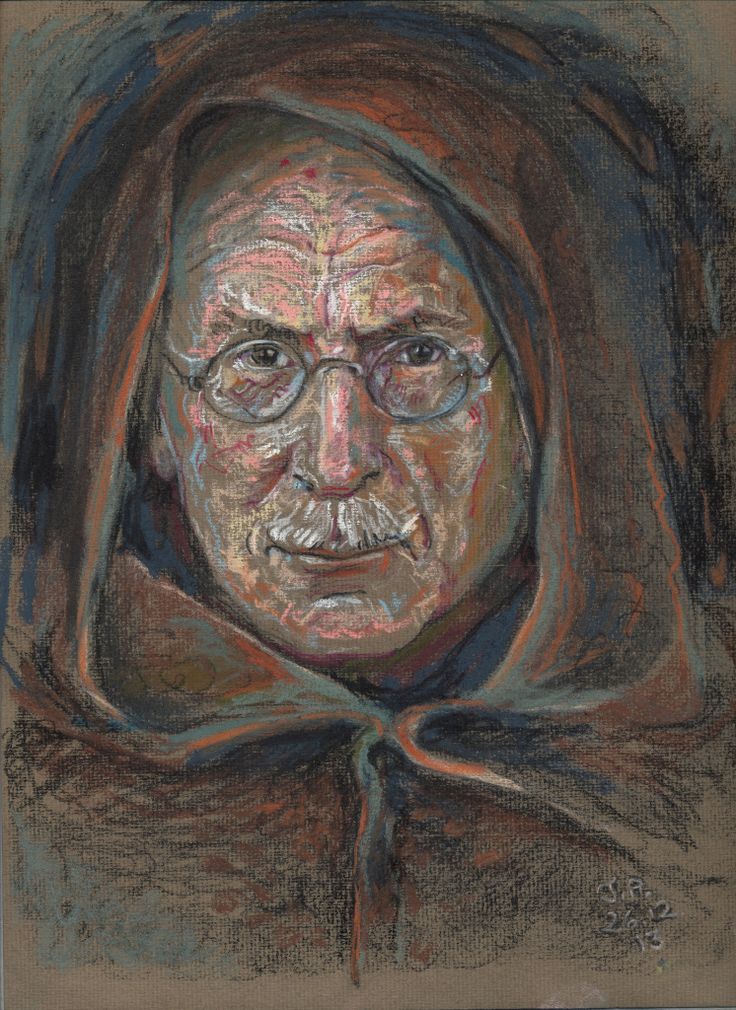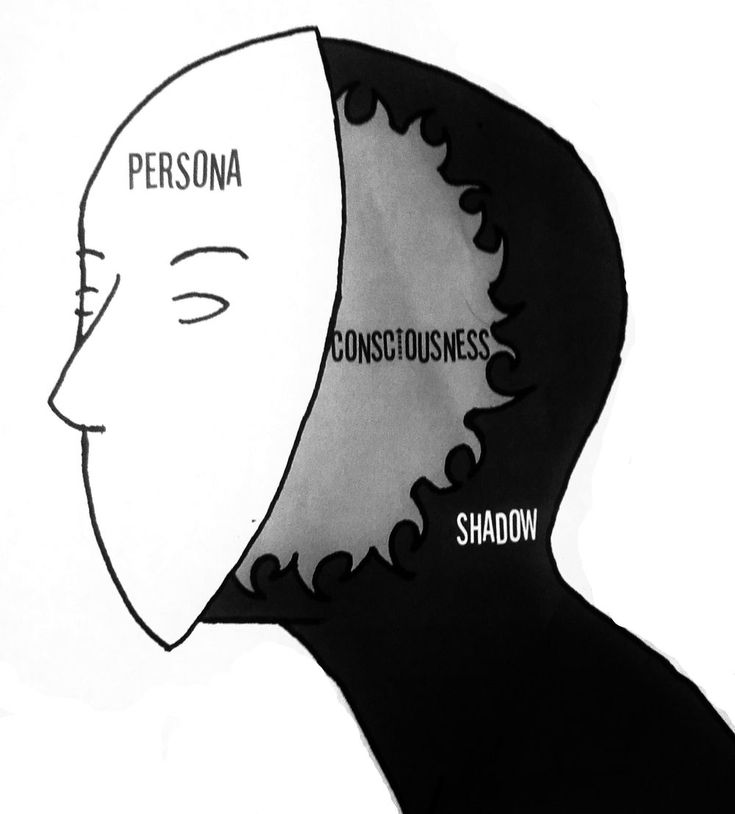The true purpose of psychology is to understand the human psyche and provide solutions for the challenges it presents. This is also the fundamental aim of Jungian psychology: helping individuals know themselves and comprehend their psyche. Yet, there’s a catch! The mystery of the human soul remains unsolved, even today. Throughout history, countless methods have been devised to decipher this enigmatic side of humanity. In this piece, we’ll turn to the insights of Carl G. Jung and his famous archetypes. and how we can find them in tarot’s major arcana.
The Mystical Prince of the Soul: Carl G. Jung
Jung distinguished himself in his field through his mystical persona, which often drew criticism. But no one can blame this man—raised in a family steeped in spirituality—for his interest in the mystical connection between humanity and the divine! Jung’s father was a pastor, and his mother dabbled in spiritual practices. It’s almost certain that young Carl witnessed séances at home and, while we can’t prove it, we wouldn’t be surprised if his mother owned a deck of tarot cards.

What we do know for sure is that this early exposure to religion and mysticism deeply influenced his later explorations of the collective unconscious and archetypes—concepts that often transcend the tangible, everyday world. These elements are crucial to understanding how Jung’s theories merged psychology with mysticism.
Jung skillfully integrated what he learned from his upbringing into his professional work. This blending of ideas seemed to spark a revelation for him: humanity’s fascination with symbols, mythology, and even astrology isn’t pointless. These are tools gifted by the collective unconscious to help us understand the soul. By presenting a world of myths, archetypes, and fairy tales, Jung argued that comprehending the psyche without these elements is nearly impossible.
Tarot: The Mirror of the Soul
Carl Jung saw tarot cards as valuable tools for accessing the unconscious. Their symbolic imagery fascinated him, as he believed these symbols were archetypal and held universal meaning. Though Jung didn’t use tarot in the traditional sense of divination, he regarded it as a way to tap into the collective unconscious.

According to Jung, the symbols on tarot cards manifest archetypes that help reveal inner conflicts and the psyche’s workings through self-reflection and analysis. Engaging with these symbols enables individuals to uncover insights about their behaviors, motivations, and hidden desires. In this way, tarot aligns with Jung’s broader psychological theories, where symbols serve as gateways to self-discovery and development.
Historically, tarot may have been used for fortune-telling and magic, but its true purpose isn’t to predict the future—it’s more like an ancient Rorschach test. The personal interpretation of the symbols on each card reflects what lies within. Tarot serves as a guide, illuminating the mysterious depths of our inner selves (or, in Jung’s terms, our “shadow”). By bringing unconscious elements to the surface, it offers a tool for self-exploration.
Carl Jung’s Concept of Synchronicity
For those skeptical of tarot cards but willing to consider inkblot tests, let’s delve into Jung’s concept of synchronicity. Jung described synchronicity as the experience of events that are meaningfully related, even though they lack a direct causal connection. These “coincidences” often carry significant personal meaning.

In Jung’s view, synchronicity reveals that external events can align with our internal states—thoughts, feelings, or memories—creating meaningful insights. Tarot cards, filled with intricate symbols, work in much the same way. Every color, animal, or posture on a card holds meaning. If you understand the symbolism, the card “speaks” to you.
Imagine drawing The Fool card and noticing the image of a cliff. It might evoke memories of a time when you took a daring risk. This connection between your internal state, personal history, and the card’s imagery exemplifies synchronicity. Tarot doesn’t predict the future, but it sheds light on your hidden desires, offering guidance rooted in your psyche.
What are Archetypes?
Before diving deeper, we need to understand what archetypes are. In Jungian psychology, an archetype is a universal symbol or motif that emerges from the collective unconscious. Archetypes reflect fundamental human experiences and evoke deep emotional responses, often unconsciously. They appear in dreams, myths, art, and literature as recurring themes or characters like the Hero, the Mother, the Shadow, or the Sage.

Archetypes are abstract concepts that can be hard to grasp without imagery. For instance, the archetype of death might be personified by Hades, while the Mother archetype might be represented by Demeter, and the Hero archetype by Hercules. These images help us comprehend the vast, intangible nature of archetypes.
When archetypes remain unresolved, they can manifest in troubling ways in our daily lives. For example, unresolved issues around birth, death, or love—archetypal themes—might surface as problematic behaviors. By bringing these unconscious archetypes into consciousness, we can address and integrate them for personal growth.
Dangerous Liaisons with Archetypes

Jung believed archetypes could influence behavior and personality, for better or worse. If an archetype overwhelms a person’s identity, they might lose their sense of self. Take Marilyn Monroe, for instance. She embodied the archetype of beauty to such an extent—living as Aphrodite for the world to see—that the real Marilyn seemed to disappear. While her fame grew, her inability to establish healthy ego boundaries ultimately led to her downfall. This highlights the importance of managing our relationship with archetypes.
The Power of Symbols and Understanding Them
Symbols are powerful. They encapsulate vast ideas and beliefs in a single image, resonating deeply with us at a glance. Since symbols and images convey archetypes, it’s essential to pay attention to what they’re telling you.

To decode a symbol’s message, consider these four questions:
- What does it make me think of?
- What values does it touch within me?
- What possibilities does it open for me?
- What physical sensations or reactions does it evoke?
Symbols that repeatedly appear in your life often activate energies within you. When working with tarot, notice what draws your attention—it may unlock hidden truths about your soul. If you listen closely, the Major Arcana can guide you to the doorways of your psyche.
Ready to Meet Your Psyche?
If you’re prepared to explore your unconscious and meet the depths of your soul, let’s begin with the first card: The Fool.



[…] adventure where we view Tarot cards through a Jungian lens, focusing on archetypes and symbols. In this article, we had previously explained in detail how we can utilize Tarot within the realm of psychology. […]
[…] of Carl G. Jung and his famous archetypes and how we can find them in tarot’s major arcana in this article before. We’ve already met the Fool, the wild-hearted wanderer standing at the zero point—a […]